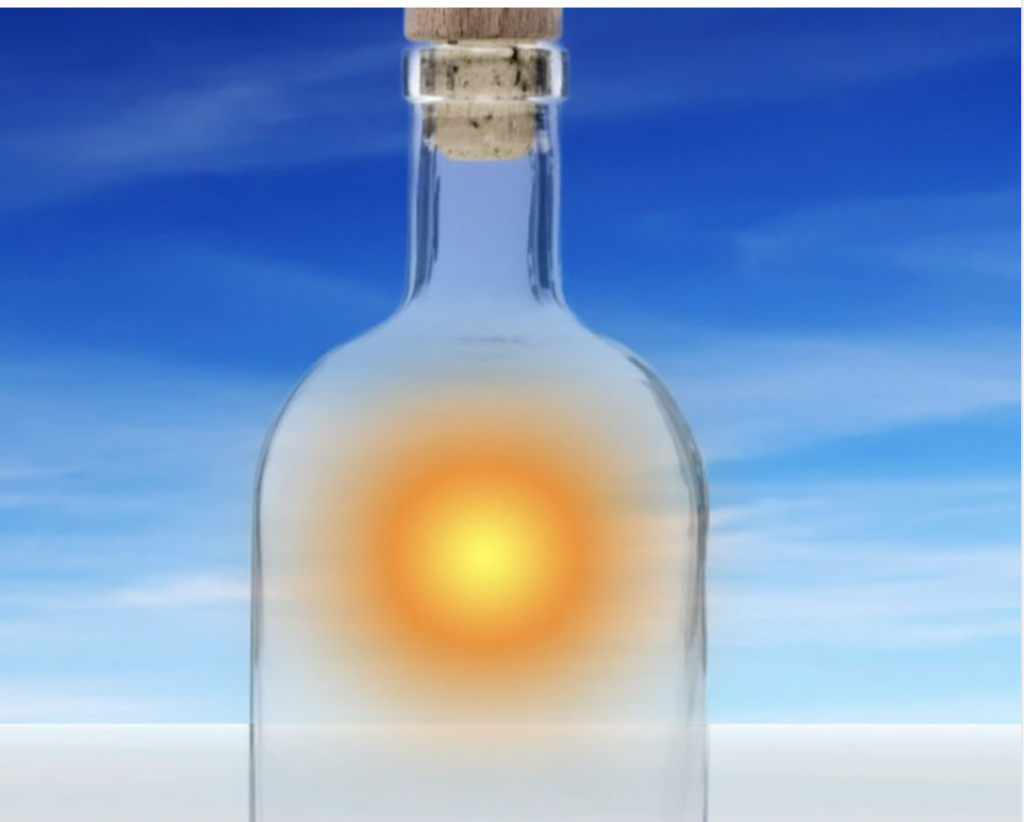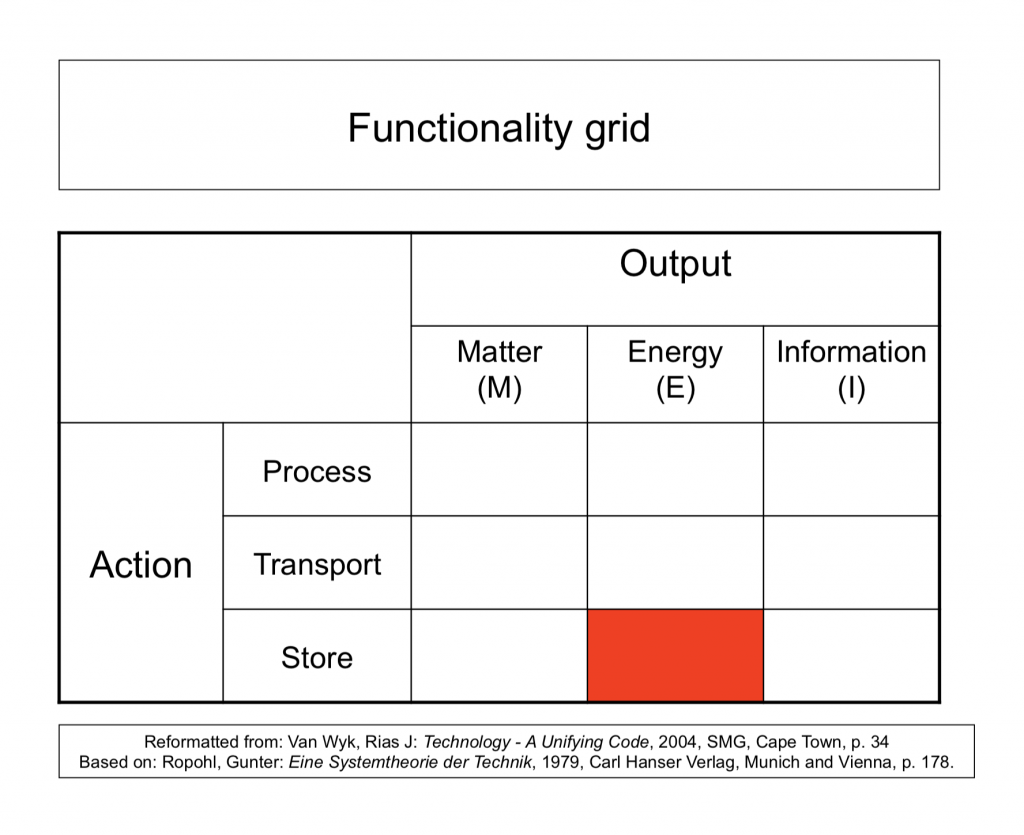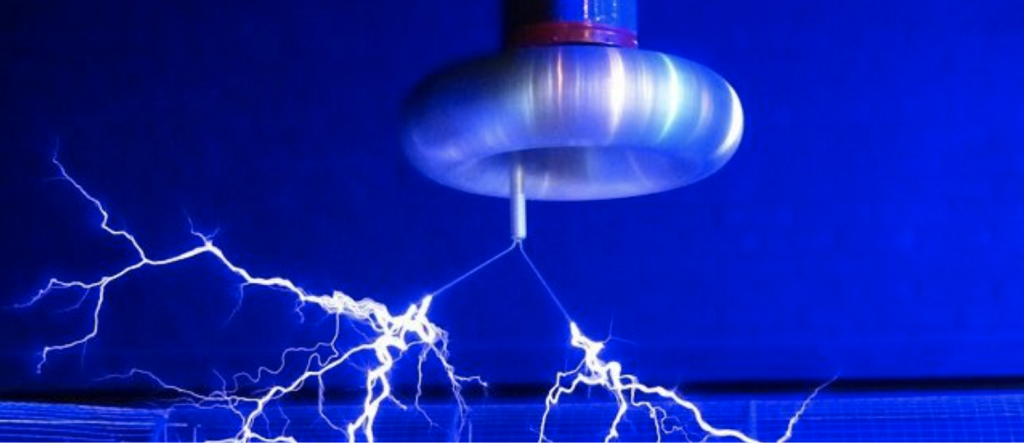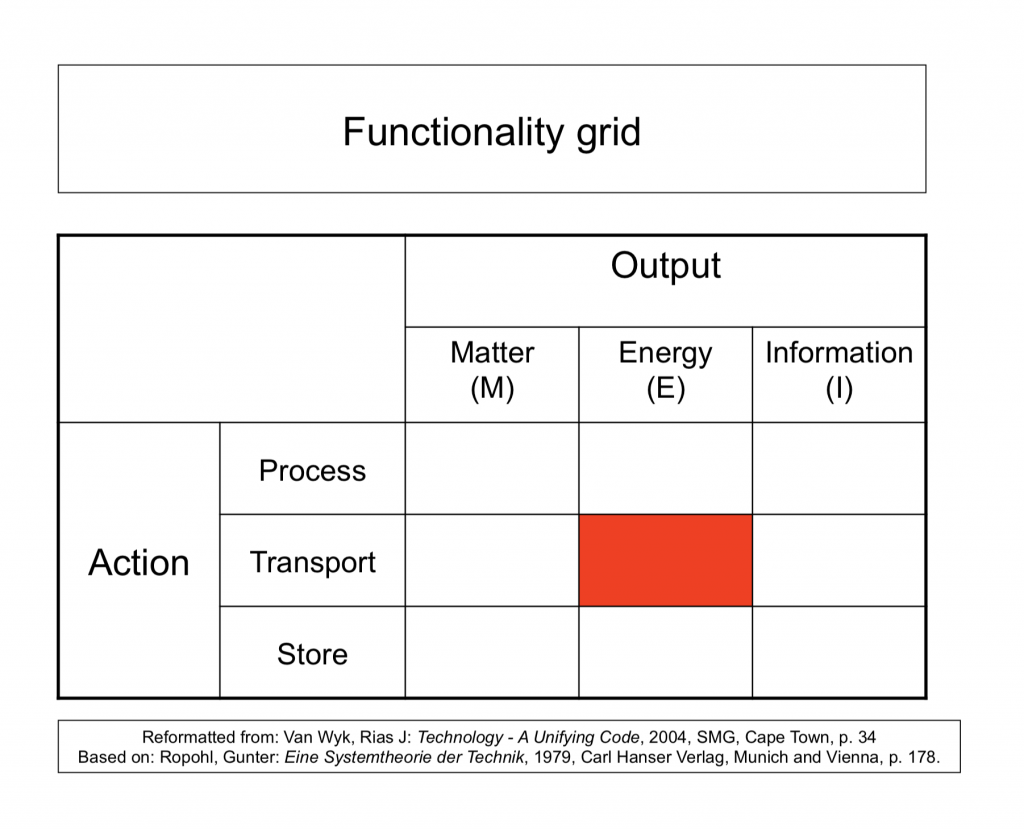
Bottled solar fuel is regarded as a Technology Landmark for use in an OmegaMap. Its widespread use would contribute significantly to making solar energy storable and transportable.
The information presented here is based on an article “Scientists can now bottle solar energy, turn it into liquid fuel” written by Robby Berman and published in bigthink.com on November 11, 2018. This article cites an article entitled “Emissions-free energy system saves heat from the summer sun for winter” that appeared in Chemistry and Engineering of Chalmers University in Sweden. The research team at Chalmers is headed by Prof. Kasper-Moth Poulsen.
The locus of innovation is a new Principle of Operation embodied in a system called “Molecular Solar Thermal Energy Storage (MOST)”. It consists of two components: (i) A compound that is a combination of carbon, hydrogen and nitrogen. When it is exposed to sunlight it forms an energy storing liquid isomer. (ii) A cobalt-based catalyst.
When the isomer is passed through the catalyst the stored energy is released as heat.
The effect of this innovation is to improve the Functionality : Store-Energy. Its position in the techno-sphere is indicated on the Functionality Grid. (See diagram below).
Three Functional Performance Metrics are recorded. (i) Watt-hours multiplied by time, per kilogram of compound. A value of 250 watt hours for 18 years is reported. (ii) Number of storage and release cycles. A minimum of 125 cycles is on record. (iii) Energy waste released to the environment. This is zero.
The Technology readiness level on a scale of 1 to 9 seems to be TRL3 : i.e., “Experimental proof of concept”.
Technical terminology is covered in: Van Wyk, Rias, (2017) Technology: Its Fundamental Nature, Beau Bassin, Mauritius, LAP LAMBERT Academic Publishing, (http://amzn.to/2Avsk3r)
For descriptions of:
- Technology Landmark; pp. 83-84, Diagram 11.1, Stage 3
- Principle of operation; p. 20
- Functionality; pp. 24-25
- OmegaMap; pp. 92-93
- Functionality Grid; pp. 29-32
- Technology readiness levels; pp. 22-23


